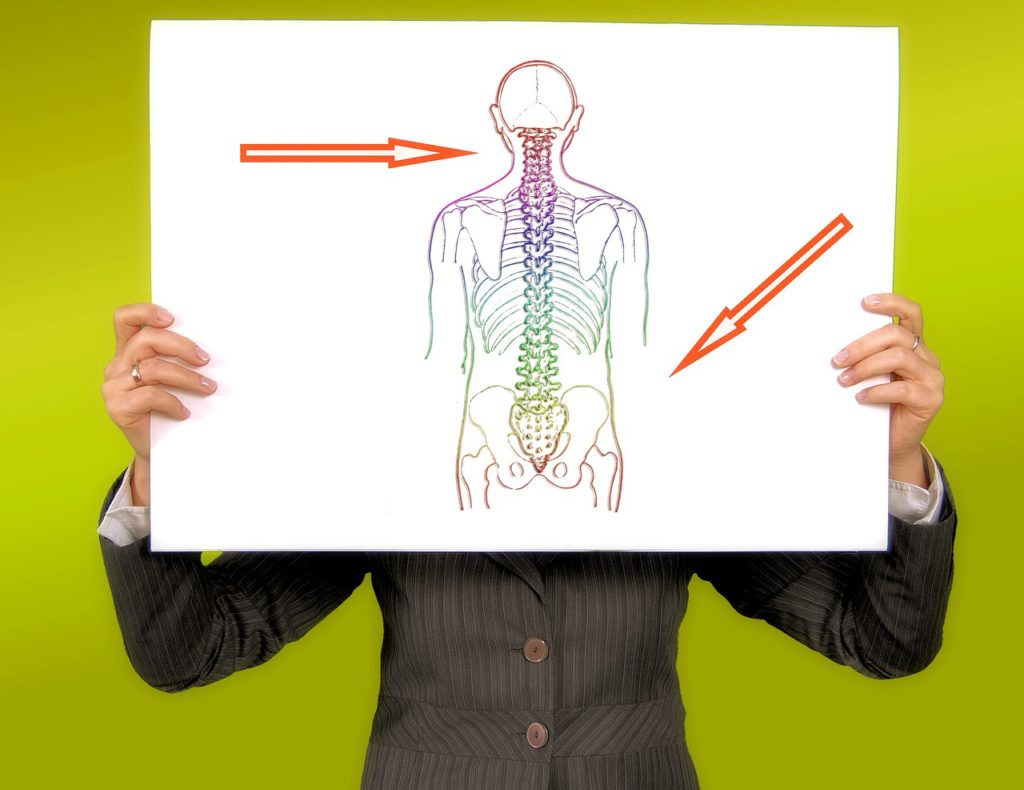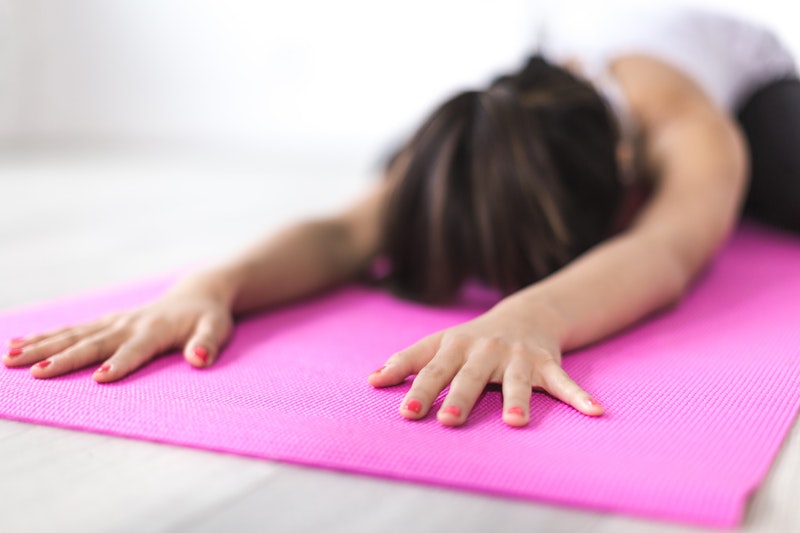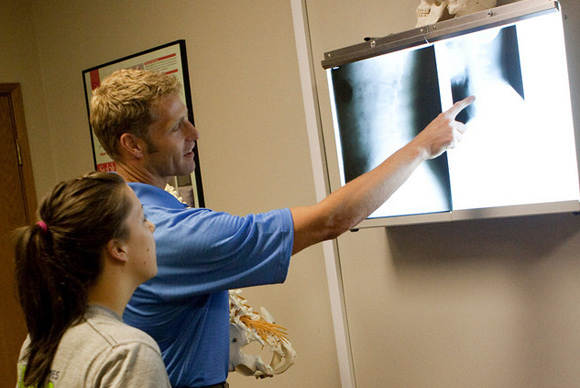
Many Americans work in stationary jobs. Whether you’re implementing healthcare services or developing software, sitting at a desk for hours at a time can take a toll on your health. If you are interested in finding a few ways to combat back pain from sitting for long periods of time, you’ve come to the right place. Here are a few ways to keep you back healthy even if you need to sit for long stretches of your day.
Choose Your Furniture Wisely
If your job requires you to sit down for hours on end, it’s important to have comfortable and functional office furniture. Having chairs that are at the wrong height or not supportive can aggravate your body when you use them for long stretches of time. Finding a good office chair that gives your body good support and ensuring it is at the right height for your desk is a great way to fight this. You may also consider a standing desk!
Get Moving
Keeping your body in motion is another good strategy for fostering your back health. Finding ways to incorporate activity into your day can be great for your back. This may mean making time for a brisk walk during your lunch break and getting into a fitness routine you can stick to. Incorporating some weight-bearing exercises or yoga poses to combat back pain can also be a good strategy!
[Related: Top Five Worst Jobs for Back Pain]
Visit A Chiropractor
Choosing a good chiropractor can do wonders for your back health. Spencer Chiropractic takes a holistic approach to spine health where we not only focus on your back but on your full-body health. Having a chiropractor on your side can help ease your pain and keep your spine in line to ultimately feel happier and healthier.
Sitting at a desk for multiple hours per day can take a toll on your health but it doesn’t have to. Be sure to incorporate a few of the above practices into your routine to reduce pain and foster back health!




